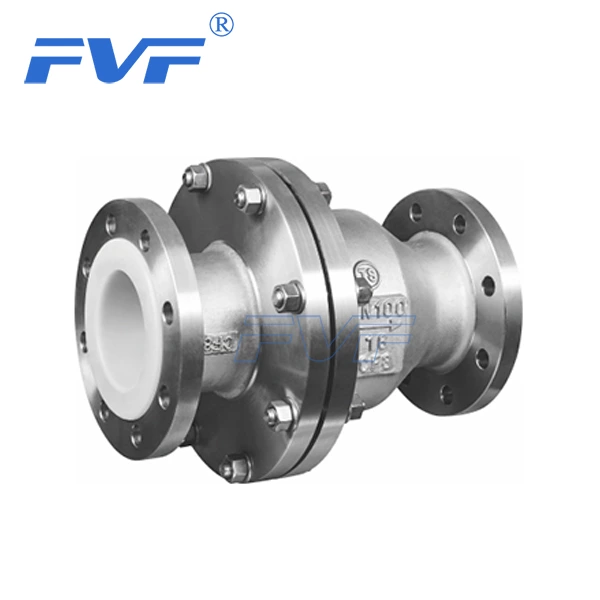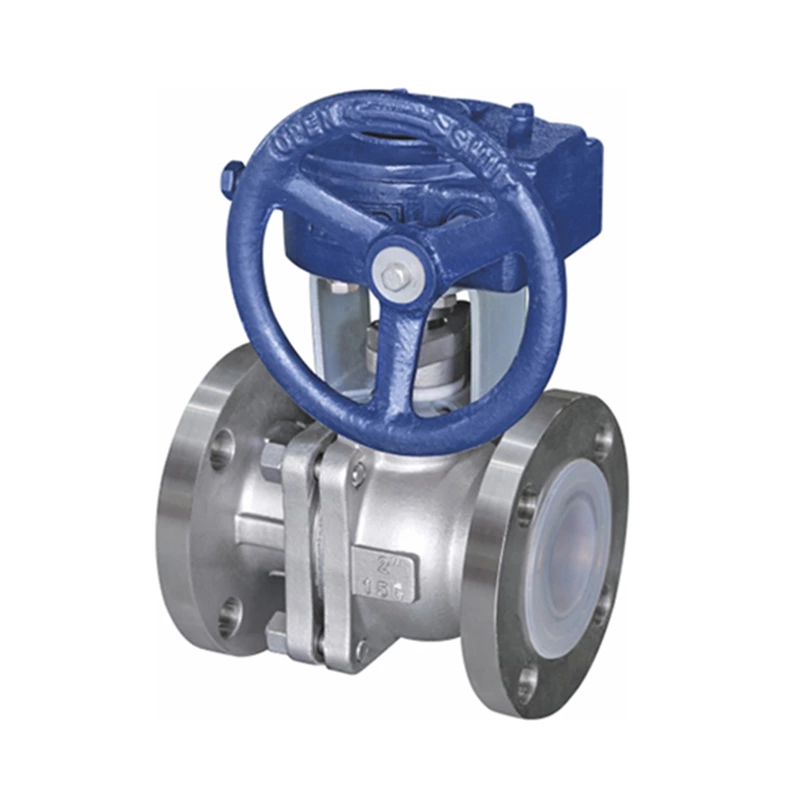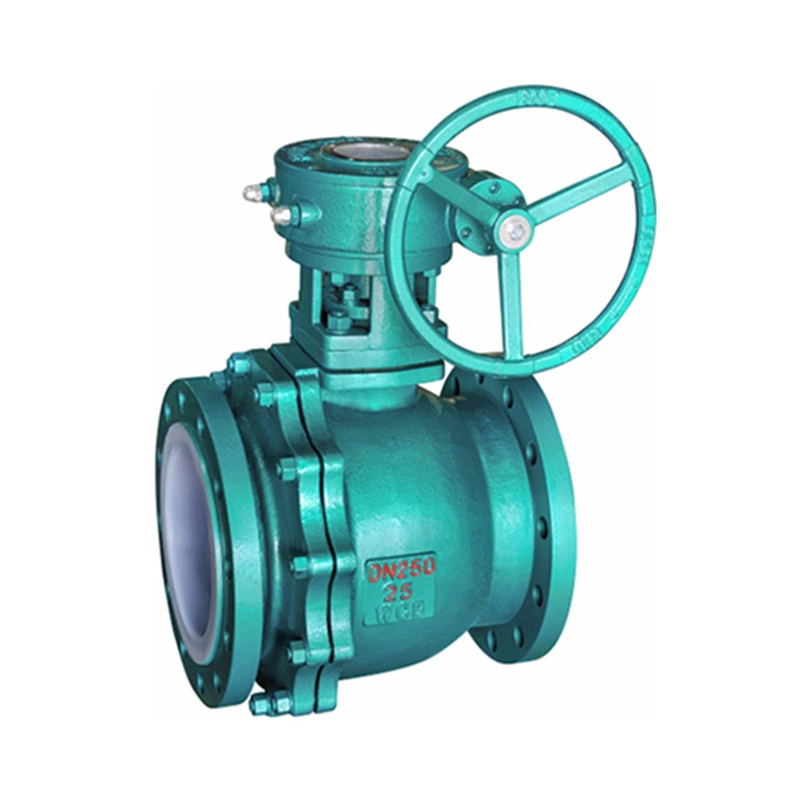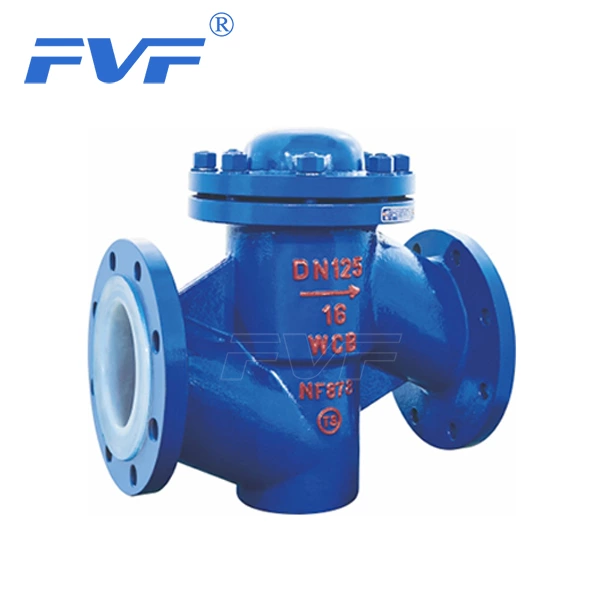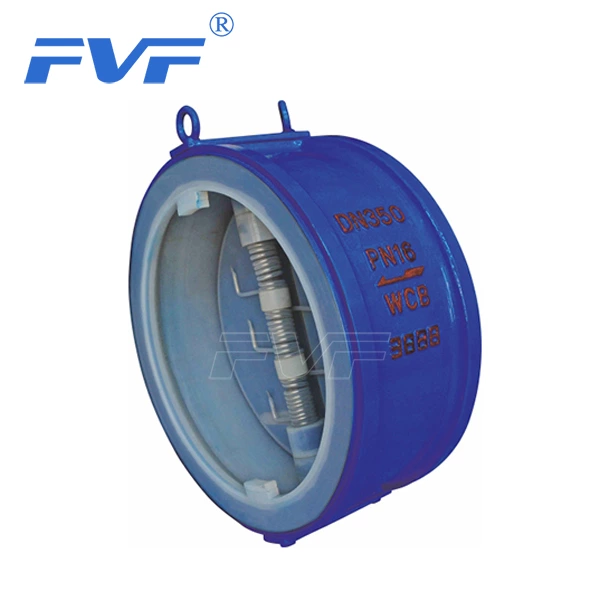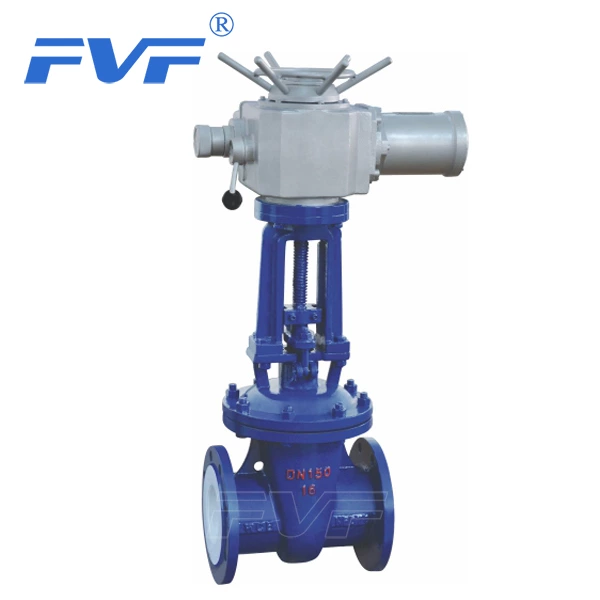Tips For Selecting And Installing Fluorine-lined Check Valves
Lined Check Valve plays a key role in many industrial applications. Its correct selection and installation directly affect the safety and efficiency of the system. The following are detailed tips for selecting and installing fluorine-lined check valves:
Tips for selecting fluorine-lined check valves
1. Applicable media:
● Applicable: clean media such as water, weak acids, weak alkalis and other liquids without solid particles.
● Not applicable: media containing solid particles and high viscosity, because these media are easy to clog the valve and affect its normal operation.
2. Selection of diameter and valve type:
● Low-pressure valves with a diameter of DN50mm or less:
● Recommended types: butterfly check valves, vertical lift check valves and diaphragm check valves. These valves are suitable for small-diameter low-pressure applications, with compact structure and easy installation and maintenance.
● Low-pressure valves with a diameter of DN greater than 200mm and less than 1200mm:
● Recommended type: wear-free ball check valve. This type of valve has good sealing and wear resistance in large-diameter applications.
● Low-pressure valves with a DN greater than 50mm and less than 2000mm:
● Recommended types: butterfly check valves and diaphragm check valves. These valves are suitable for medium and large-caliber low-pressure applications and can effectively prevent water hammer and impact.
3. Application of diaphragm check valves:
● Advantages: Diaphragm check valves are not prone to water hammer in pipelines, and the diaphragm can effectively eliminate the impact of upstream media.
● Limitations: Limited by temperature and pressure, it is generally suitable for low-temperature or normal-temperature pipeline systems.
4. Anti-water hammer design:
● Requires relatively small closing water hammer impact: Slow-closing rotary opening and closing check valves and slow-closing check valves should be used. These valves can effectively reduce or eliminate water hammer phenomena and protect pipeline systems.
